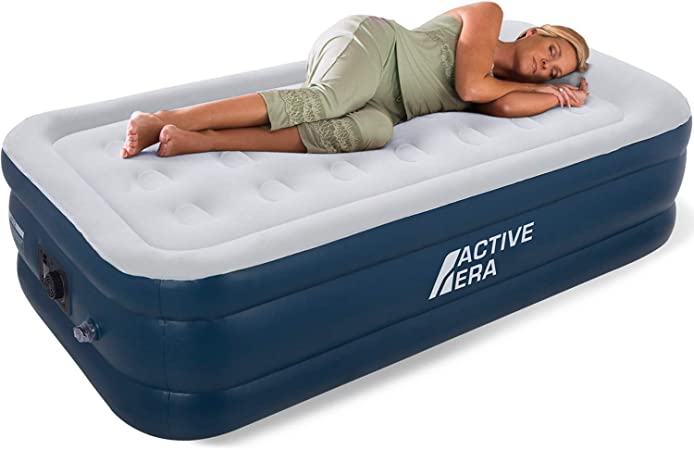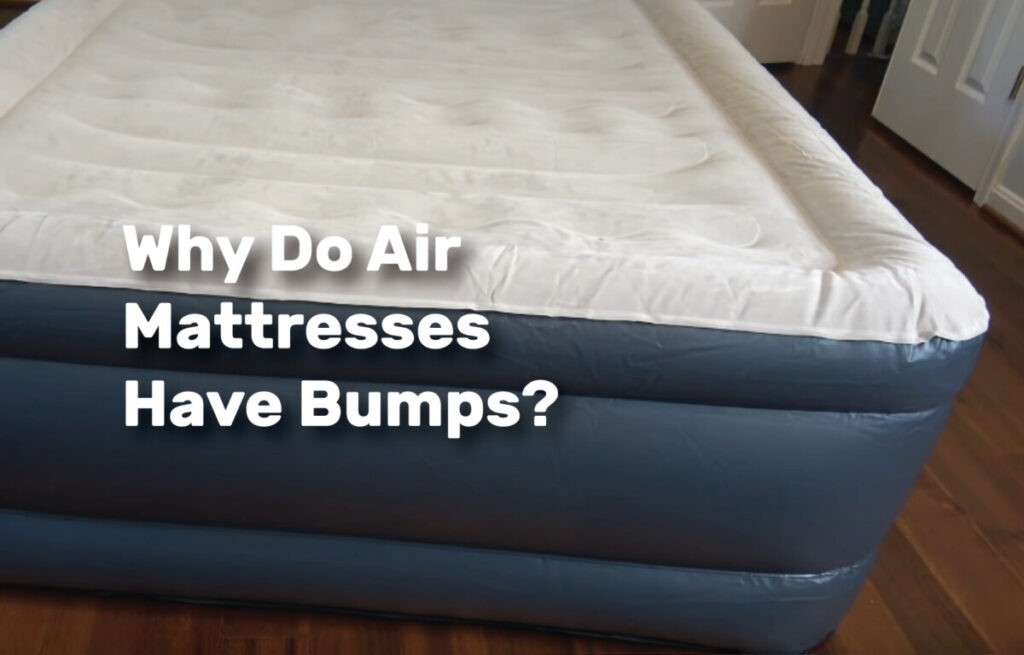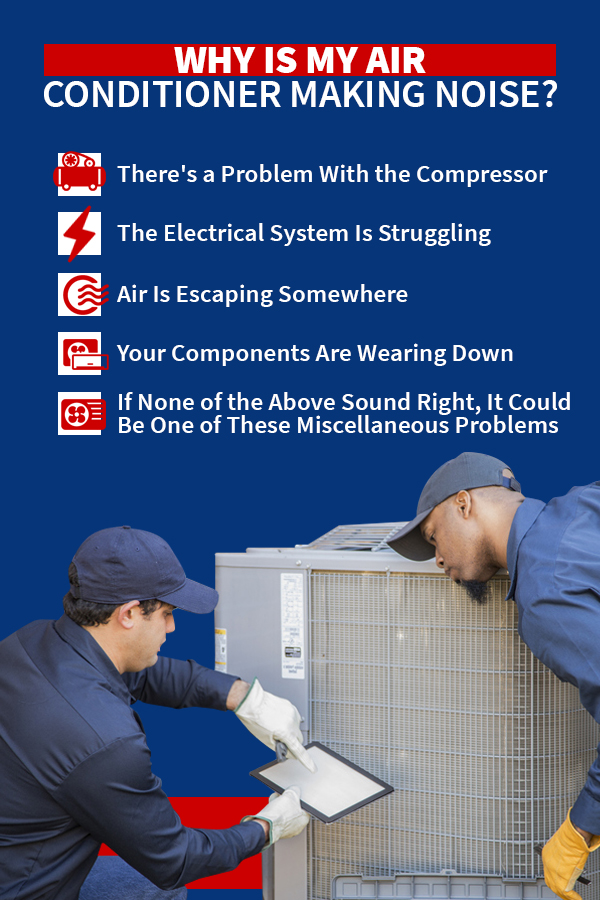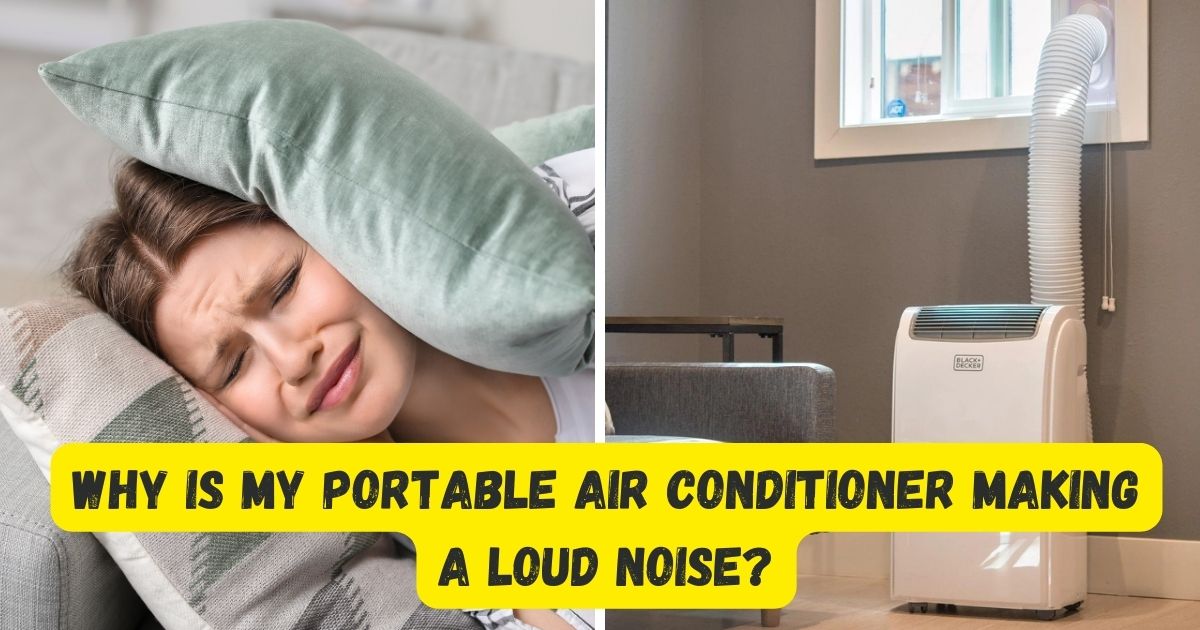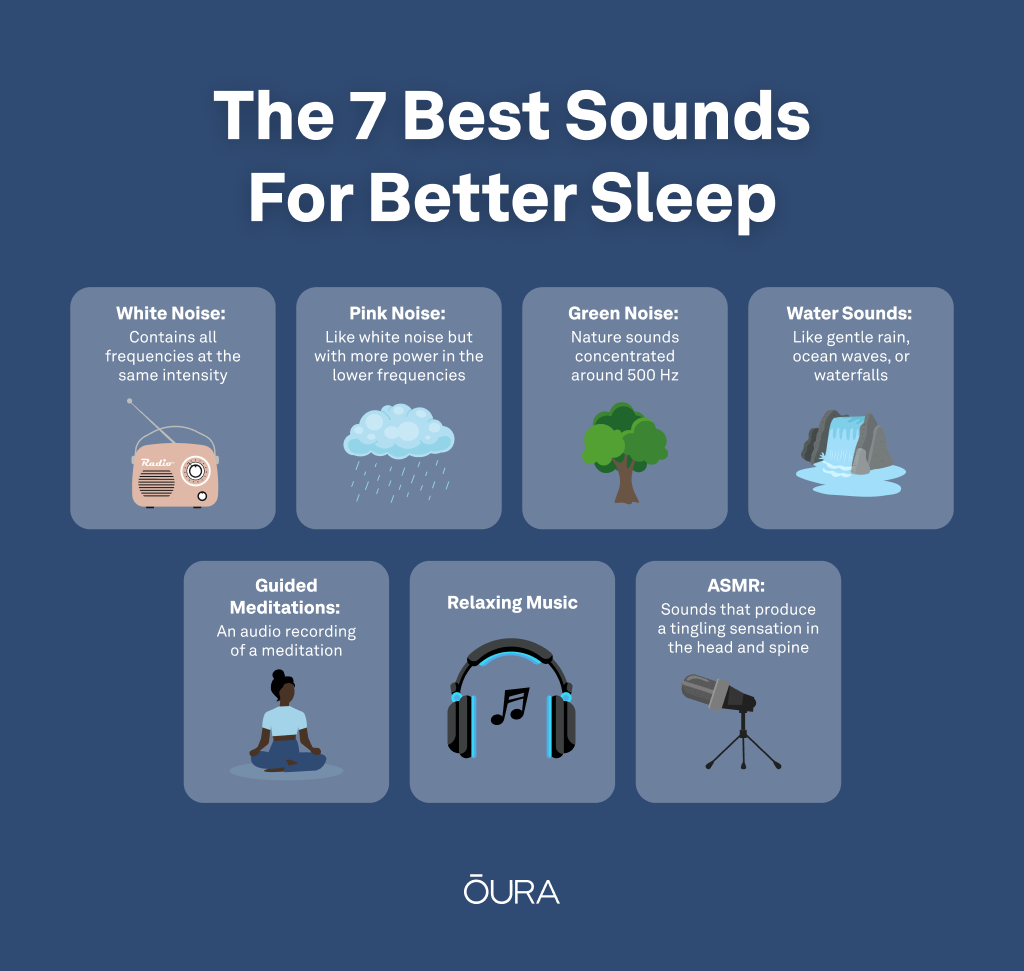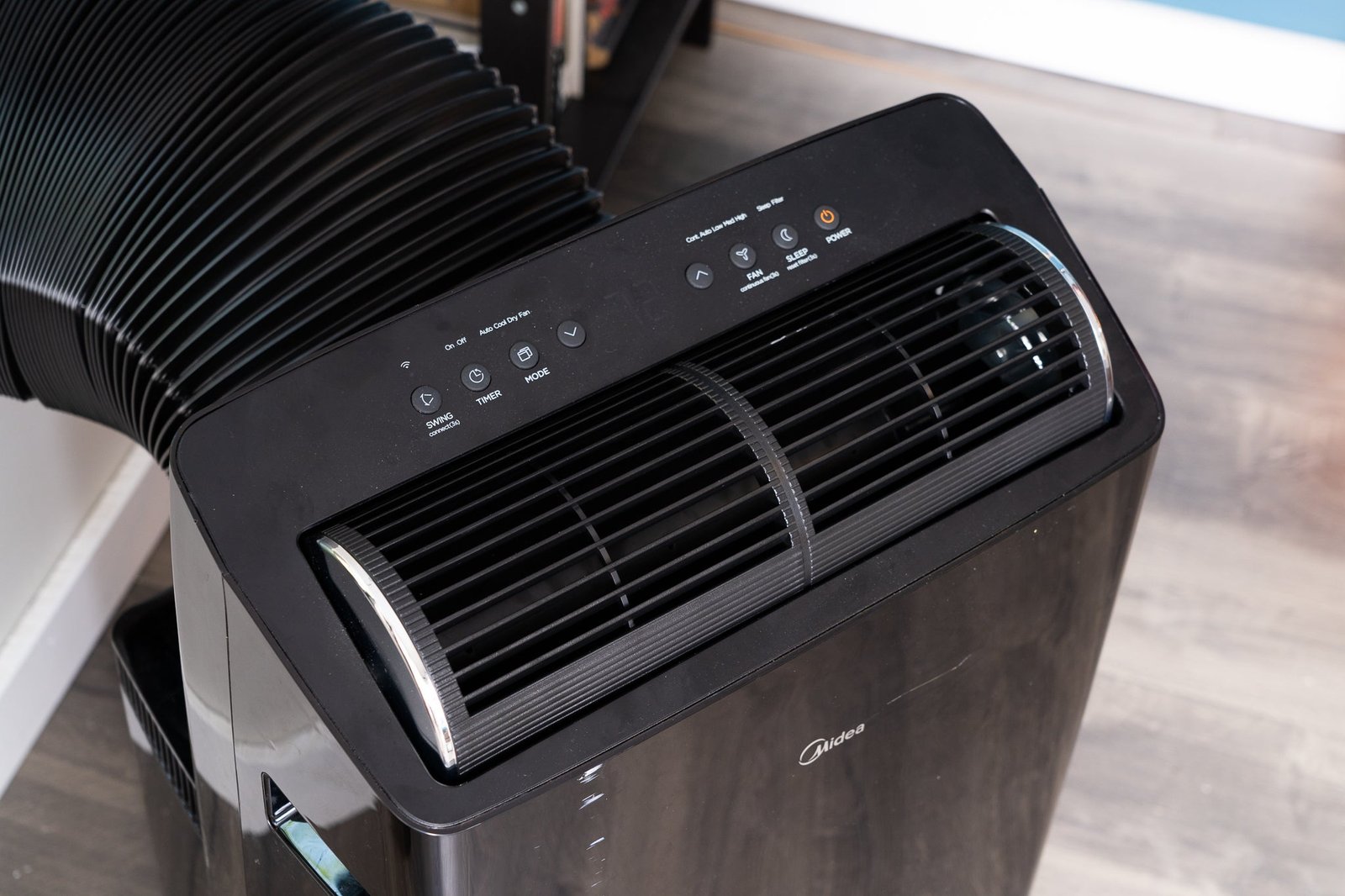Why Does Air Bed Make Noise
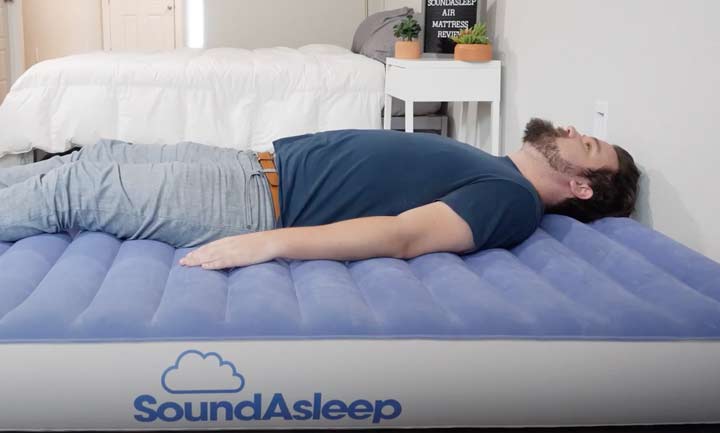
Frustrated sleepers across the nation are reporting unusually loud and persistent noises emanating from their air beds, disrupting sleep and causing widespread annoyance. The cause? A complex interplay of factors ranging from material properties to environmental conditions, demanding immediate attention.
The persistent sounds plague many air bed owners. Understanding the root causes is crucial for manufacturers and consumers alike to mitigate these disruptive disturbances.
The Culprits Behind the Noise: A Deep Dive
Several factors contribute to the noisy nature of air beds. These range from the intrinsic properties of the materials to external environmental influences.
Internal Friction: The Squeak Within
The primary source of noise in air beds is internal friction. This friction occurs between the internal layers of the air bed's construction, especially when weight is applied or shifted during sleep.
Many air beds are constructed with multiple PVC layers. These layers rub against each other with the slightest movement, generating squeaking or rubbing sounds.
Air Leaks: A Silent Killer (of Sleep)
Even microscopic air leaks can be a significant source of noise. As air escapes through pinholes or valve malfunctions, it creates a hissing or whistling sound.
These leaks often worsen over time due to wear and tear. Regular inspection and prompt repair are vital.
Pump Noise: The Inflation Aggravation
Integrated air pumps, while convenient, are often noisy. The motor and internal mechanisms generate significant sound during inflation and deflation cycles.
Some models have poorly insulated compartments that amplify the pump's vibrations. This leads to increased noise transmission throughout the room.
Ambient Temperature: Expansion and Contraction Chaos
Temperature fluctuations can significantly impact air bed noise levels. As temperatures drop, the air inside the bed contracts, leading to wrinkles and increased friction between the layers.
Conversely, rising temperatures cause expansion, which can stretch the material. Stretched material may weaken the overall structural integrity, making it more prone to squeaking.
External Factors: The Bedroom Brouhaha
The surface on which the air bed rests also plays a role. A hard floor, for example, can amplify vibrations and transmit noises more readily than a carpeted surface.
Similarly, objects placed near or under the air bed can rattle against it, creating secondary sources of noise. These can include bed frames and items stored underneath.
What the Experts Say
Experts in material science and acoustics confirm that air bed noise is a known issue. They point to the challenges inherent in designing a flexible, airtight structure that minimizes friction and sound transmission.
According to Dr. Emily Carter, a materials engineer at MIT,
"The key is to reduce the coefficient of friction between the internal layers. This could be achieved through specialized coatings or alternative materials."
John Peterson, an acoustics consultant, added,
"Addressing pump noise through improved insulation and vibration damping is also crucial. Consumers deserve quieter inflation systems."
Addressing the Noise: Immediate Solutions
Consumers are advised to first identify the source of the noise. Checking for leaks with soapy water and tightening valves can resolve minor issues.
Placing a thick mattress topper or blanket between the air bed and the sleeper can help dampen internal friction. Additionally, ensuring the air bed is on a soft, level surface can minimize vibrations.
Long-Term Fixes: What's Next?
Manufacturers are actively researching quieter materials and construction techniques. This includes exploring alternative polymers with lower friction coefficients and developing improved pump insulation.
Stricter noise standards and labeling requirements are also being considered. These actions will empower consumers to make informed purchasing decisions.
The Consumer Product Safety Commission (CPSC) is reportedly monitoring consumer complaints. They are evaluating the need for regulatory action to address widespread noise issues in air beds.
